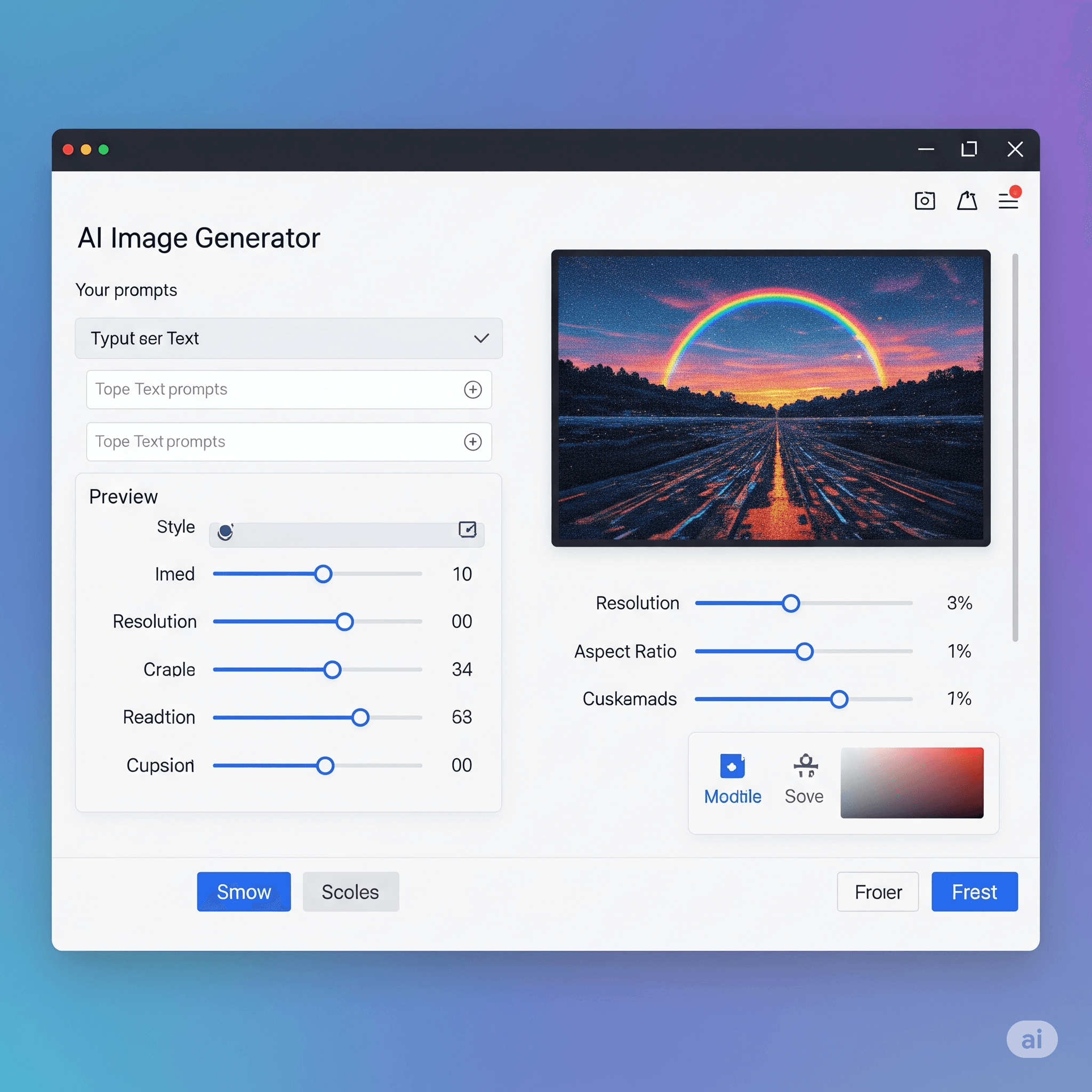Question: The ___________ added a new state to the congestion control FSM, called the fast recovery state.
Answer:
- The New Reno TCP added a new state to the congestion control Finite State Machine (FSM), called the fast recovery state. This state was added to address a limitation in the fast retransmit and fast recovery mechanisms used in Reno TCP.
- In Reno TCP, when a packet is lost due to congestion, the sender immediately retransmits the lost packet and reduces the congestion window size to half of the slow start threshold, then resumes normal operation with slow start and congestion avoidance. However, if multiple packets are lost, Reno TCP can enter a state where it continues to send packets at a reduced rate, even though the network is no longer congested. This can cause unnecessary delays and reduce network throughput.
- In New Reno TCP, the fast recovery state was introduced to address this limitation. In fast recovery, when a packet is lost, the sender immediately retransmits the lost packet and enters the fast recovery state, where it increases the congestion window size linearly for each duplicate ACK received from the receiver. This allows New Reno TCP to recover more quickly from multiple packet losses and resume normal operation with congestion avoidance.
- Overall, the addition of the fast recovery state in New Reno TCP improved the reliability and performance of TCP, making it better suited to the demands of modern network applications.
MCQ: The ___________ added a new state to the congestion control FSM, called the fast recovery state.
Correct Answer:
A. Taho TCP
Explanation:
- The New Reno TCP added a new state to the congestion control Finite State Machine (FSM), called the fast recovery state. This state was added to address a limitation in the fast retransmit and fast recovery mechanisms used in Reno TCP.
- In Reno TCP, when a packet is lost due to congestion, the sender immediately retransmits the lost packet and reduces the congestion window size to half of the slow start threshold, then resumes normal operation with slow start and congestion avoidance. However, if multiple packets are lost, Reno TCP can enter a state where it continues to send packets at a reduced rate, even though the network is no longer congested. This can cause unnecessary delays and reduce network throughput.
- In New Reno TCP, the fast recovery state was introduced to address this limitation. In fast recovery, when a packet is lost, the sender immediately retransmits the lost packet and enters the fast recovery state, where it increases the congestion window size linearly for each duplicate ACK received from the receiver. This allows New Reno TCP to recover more quickly from multiple packet losses and resume normal operation with congestion avoidance.
- Overall, the addition of the fast recovery state in New Reno TCP improved the reliability and performance of TCP, making it better suited to the demands of modern network applications.
Discuss a Question
Related Questions
- 1. The ___________ treated the two signals of congestion, timeout and arrival of three duplicate ACKs, differently.
- 2. The __________ state in Reno TCP is a state somehow between the slow start and the congestion avoidance states.
- 3. In the Reno TCP, when TCP enters the fast recovery, if duplicate ACKs continue to come, TCP ____________________________________.
- 4. In the Reno TCP, when TCP enters the fast recovery, if a timeout occurs, TCP ____________________________________.
- 5. In the Reno TCP, when TCP enters the fast recovery, if a new (non duplicate) ACK arrives TCP ____________________________________.
- 6. A later version of TCP, called ______ TCP, made an extra optimization on the _______ TCP.
- 7. In the slow start algorithm, the size of the congestion window grows ______________ until ___________________.
- 8. In the congestion avoidance algorithm, the size of the congestion window grows ______________ congestion is detected.
- 9. The congestion window size, after it passes the initial slow start state, follows a saw tooth pattern called _________________________________.
- 10. The __________________ technique is one of the open-loop congestion policy
You may be interested in:
Computer Networking MCQs






